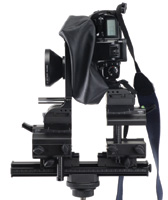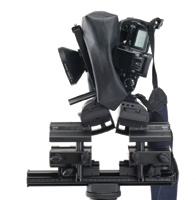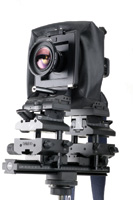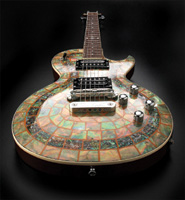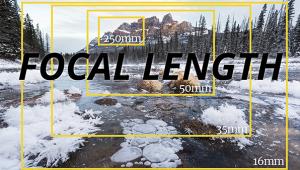Cambos Ultima 35
As digital cameras continue
to add more and more resolution at lower and lower prices, professional
photographers are confronted with some daunting choices. Only a few
years ago a working pro needed to pony up tens of thousands of dollars
to get something even remotely capable of replacing medium format and
sheet film. Today with super high-resolution cameras like the Canon
EOS-1Ds, Kodak DCS 14n, and Nikon D1X, it's reasonable for any
serious photographer to rely on a Digital SLR (D-SLR) as his primary
camera. |
|||
Perspective-Control
Options Large Format Specs |
|||
Feeling At Home Lens Solutions |
|||
Our Test Results Architectural Ease Steep Learning Curve |
- Log in or register to post comments
